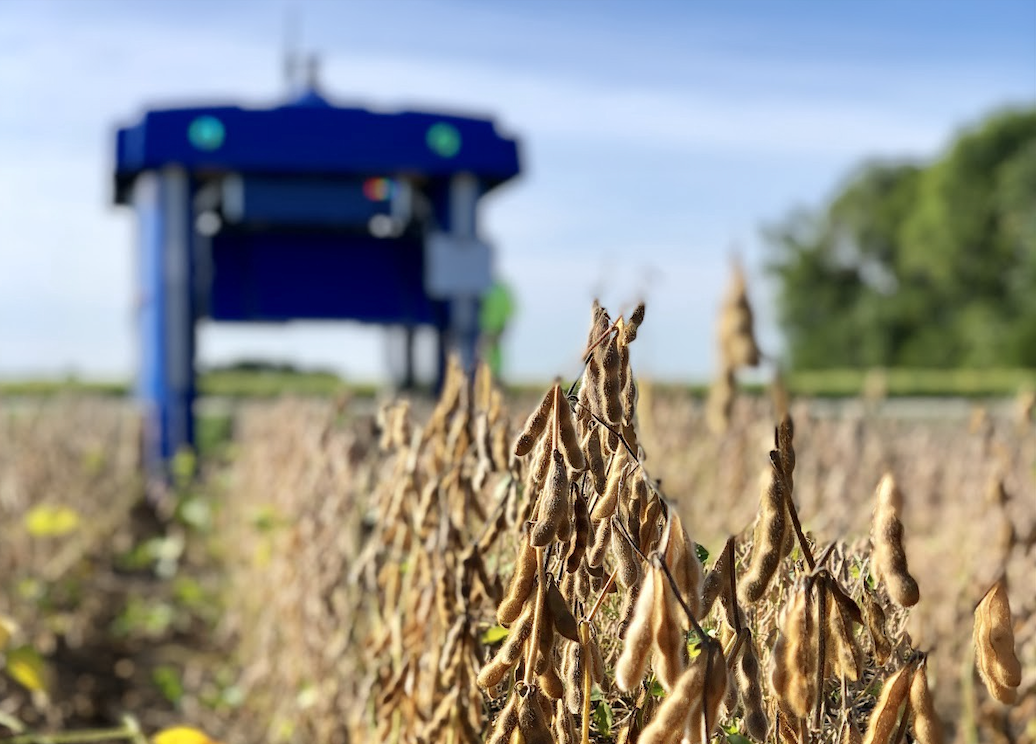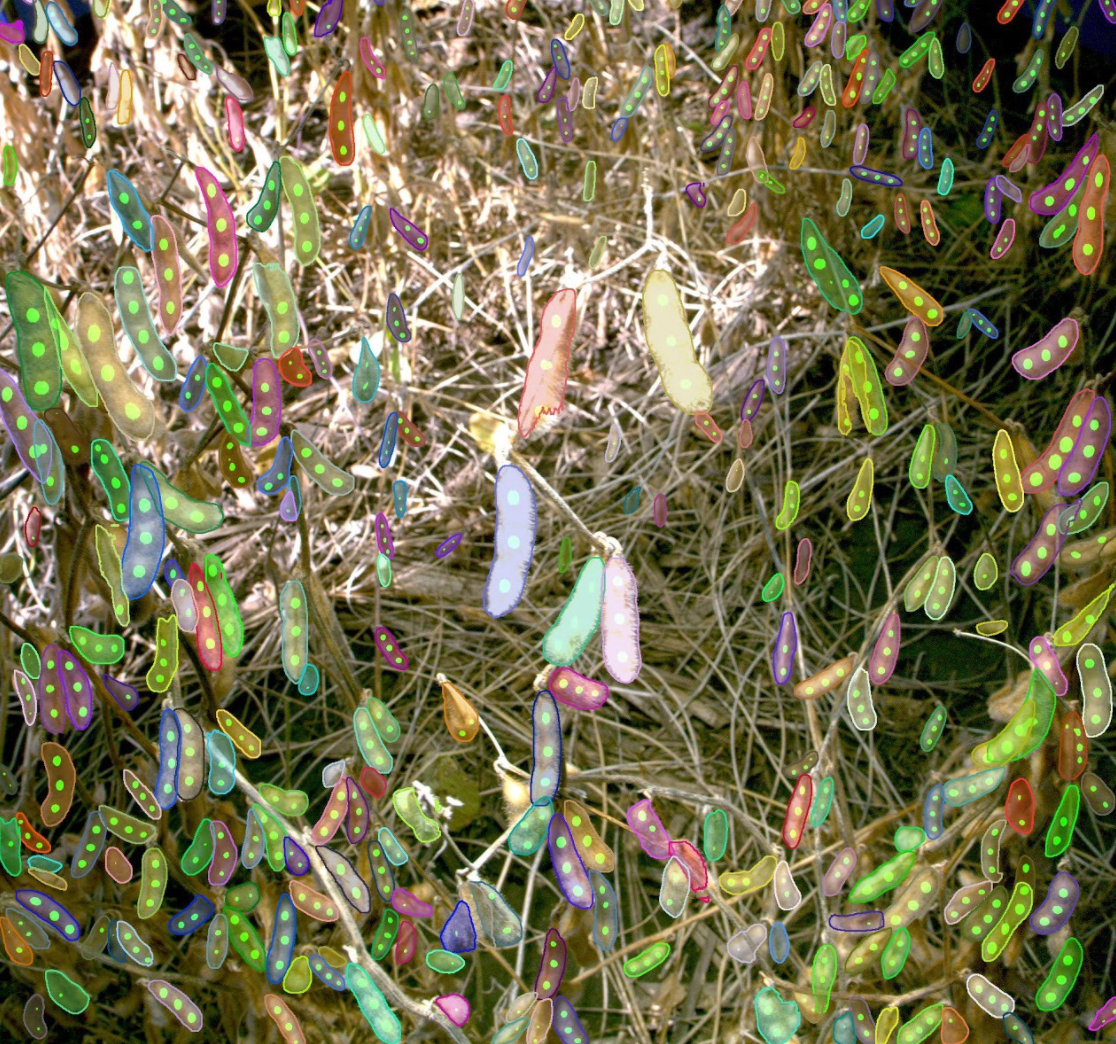Embracing the Complexity of Nature
Reflections on Biological Diversity Day
Agriculture today is incredibly efficient and productive, feeding and supporting the world’s fast-growing population. The Green Revolution of the 20th century, which popularized industrialized agriculture, increased food production so efficiently that it literally changed the world and enabled the population to almost triple from 1.6 billion to 6 billion. The benefits of ‘industrialization’ are compelling: standardized crops can be managed with standardized equipment at high speeds; specific crops can be intensively bred to maximize yield; and machinery, expertise and supply chains can be broadly shared, creating economies of scale.
Yet an agriculture system that’s optimized for productivity comes with risks. A lack of diversity in crops leaves the food supply vulnerable to shocks from pests, diseases, and climate change. The global banana industry, for instance, had become so reliant on just one variety, the Gros Michel, that it completely succumbed to a disease (we once again have one dominant banana: the Cavendish). It’s not just bananas. Of the 30,000 edible plant species just nine make up 75% of our food. Intensively growing a small number of varieties reduces the diversity of the soil’s microbiome, its ability to store carbon, and often requires chemicals to manage weeds and pests. Could there be ways to build a more resilient and productive food system without those tradeoffs?

One of our plant buggies collecting images of a soy field in Illinois
Nature’s solution for long lasting productivity and health is complexity. The natural world is teeming with staggering diversity, in a messy equilibrium. Plants evolved to be in cooperative and symbiotic relationships with other organisms — like crops that rely on particular insects to pollinate them, or the community of bacteria and fungi that help transfer nutrients to roots. Agriculture practices such as intercropping (growing multiple crops together — like the “three sisters” of corn, beans and squash), or cover cropping, take advantage of these relationships. But they’re often difficult, costly, or unpredictable to implement. Do they have to be? Can we find ways to produce food without trading productivity for biodiversity?
As we look forward to 2050, when there will be three billion more people on earth, technology could help us embrace nature’s complexity and harness biological diversity to produce more food, in ways that are better for the planet. This year, the theme for the UN’s Biological Diversity Day is “our solutions are in nature” which inspires and challenges us to take a different perspective. We’re starting to see glimpses of the possibilities here at X.
Over the last few years my team has been developing tools that offer growers insight into what’s happening in their fields, right down to the individual plant level. We’ve evolved the camera and sensing technology on our plant buggy prototypes, so that we can now do tasks that would be close to impossible for humans — like counting the individual buds on every raspberry cane, or accurately estimating the number of soybeans in a field.

Our AI model identifies and counts individual soybeans. The beans are in green and the pods are brightly colored to make it easier to differentiate all the objects in the image — giving it this “disco vision” effect
While we’re still in early development, we’re optimistic about the potential these new tools have for growers and our planet. By applying computing power and machine learning algorithms to the images our plant buggies collect and combining it all with information like weather and soil conditions, we think growers will have the insights and confidence to explore a range of new possibilities — such as more complex growing techniques like intercropping, or less common (or altogether new) species and varieties.
As the world’s climate changes and our population grows, we need to find ways to substitute rigid models of food production with approaches that become more flexible, more adaptive and more resilient by embracing nature’s complexity. Just as the invention of the microscope revealed the diversity of life at a tiny scale, we hope that growers will be able to use these new tools to better understand plants and their genetic traits. If finding new ways to unlock plant diversity excites you, we’d love to hear from you.